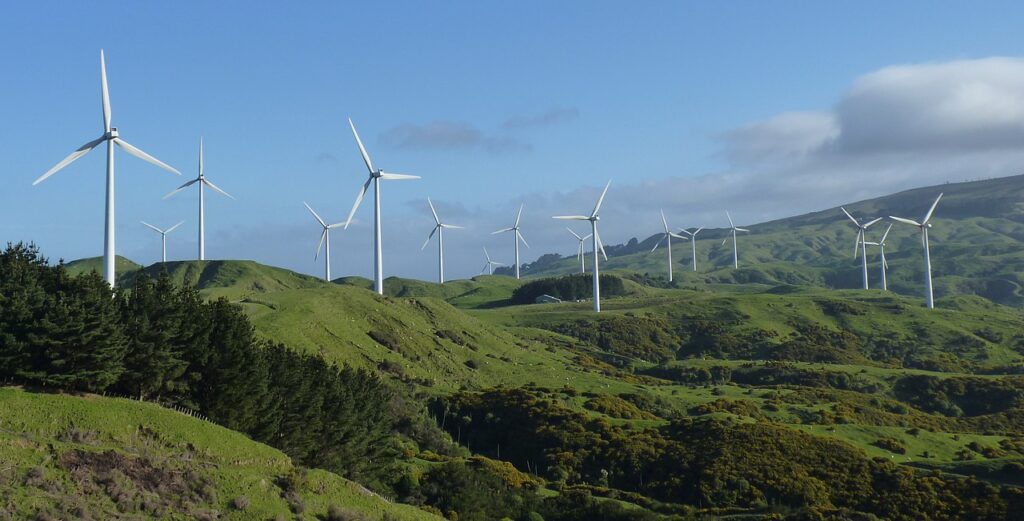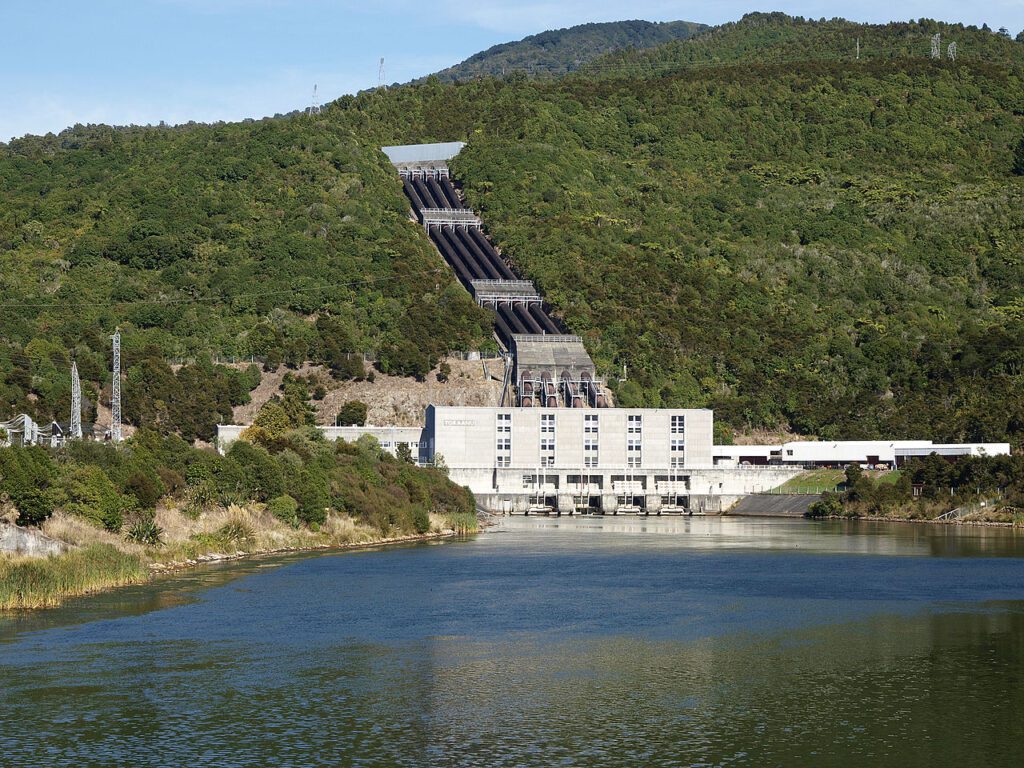Huia Burt, CEO The Energy Collective
Last year felt like a permanent bad news day for the energy industry. The good news is that the bad news days don’t have to continue. By utilising existing regulations to incentivise competition and investment we are well positioned to harness abundant energy assets to both drive economic growth and deliver affordable energy to Kiwis.
The opportunity is massive
Our electricity is already mostly renewable (around 85%) and cheap to generate.
And the great news is that the world is after this low-cost renewable energy. The more we have, the more we will attract overseas investment. More investment means more jobs, more tax revenue and energy will be cheaper for consumers.
With cheap energy, our businesses can move away from fossil fuels too. This allows us to import less (whether that is diesel for buses, petrol for cars, or coal for burners) and make our exports more attractive.
All of this is good for us, our economy and the planet.
That voice in your head
You may wonder, with all this potential, why did extreme energy prices, job losses and complex explanations by the government about “hedging” hit the headlines last winter? And why are my prices going up now when I was told I was protected then?
Last winter’s power crisis was a perfect storm caused by a lack of rainfall and high gas prices and critically, by long term under investment in electricity supply, which has been held back by a market structure which favours continuing the dominance of existing suppliers.
How does this all work?
Hydro generation costs almost nothing to run while gas and coal are expensive. But here is the interesting bit: everyone selling electricity into the spot market gets the same price, regardless of the generation type they supply. If you have hydro generation, you make a lot more money if you generate when coal is burning.
The incentive issue
This creates an interesting dilemma – why not keep supply low all the time? You make loads of money, without needing to invest in new generation assets.
The gentailers are therefore incentivised to keep supply “just enough” because that is the most profitable way to run their business. This is particularly true during the morning and evening when electricity usage peaks and coal and gas are needed. It makes commercial sense for the gentailers to use as much electricity as possible during these peak times, even though, to reduce overall prices and emissions, we should be aiming to shift our usage from these peaks.
Hedge market

Spot prices are extremely volatile, so most electricity market investors (including the government) enter into contracts to buy and sell electricity at a fixed price in the future. This is called “hedging”.
A simple way to think of hedging is that it is kind of like a fixed mortgage. You agree on a rate now for a time in the future. Hedge prices depend on the time of day and year – so for those peak times in winter, prices are eye-watering.
Gentailers don’t need to buy hedges because they’re generating electricity and selling it to customers at the same time.
Independent retailers have a big incentive to help New Zealand reduce overall prices and emissions by shifting our usage from peak times. But they need to buy these hedges from the gentailers to manage their financial risk.
Independent generators need them too. If you want to build a solar or wind farm you can’t secure financing with risky cashflows from the spot market. You need to prove to the bank you’ll make steady cashflows from the hedge market. But you can only do that if you can buy flexible generation to fill the times when your solar or wind farm isn’t generating electricity. And you need to buy that flexible generation from the gentailers who own it all.

Are you seeing the problem here?

Gentailers are the only ones with flexible hydro generation that can be sold as a hedge at peak times. Because that’s the most valuable thing they own they often refuse to sell it at any price. This is called refusal to supply.
Gentailers make profits in the spot market when supply is tight. In fact, they can make so much they can sell power at a loss to keep retail competitors out of the market. This is called cross-subsidisation.
The combination of these two factors creates what’s known as market power.
Market power keeps supply tight and risks the lights going out. It keeps competitors out of the market – both retailers and new generators who need to buy hedges backed by flexible generation to manage their financial risks. It keeps power prices high, puts a handbrake on economic growth, and slows down the energy transition.
The great news
Fixing this is as easy as changing regulations. In simple terms, we need companies that are both retailers and generators to not cross-subsidise between the two, and to supply the power they generate to everyone equally.
Generators should be incentivised to bring on more energy at lower prices and retailers should be highly incentivised to innovate to respond to wholesale demand.
Retailers can make a real difference too. Kiwi homes could be saving $100m a year just by moving hot water off-peak, just one of many ways we can control demand and reduce prices by reducing our reliance on fossil fuels at peak times.

We need a market where everyone is operating with the same incentives – to deliver the best services at the lowest price. To achieve this, we need the Government to act this year on regulatory change to create the conditions for this to become a reality. There are some hopeful signs coming out of Wellington. Let’s all hope the change we need will come.














